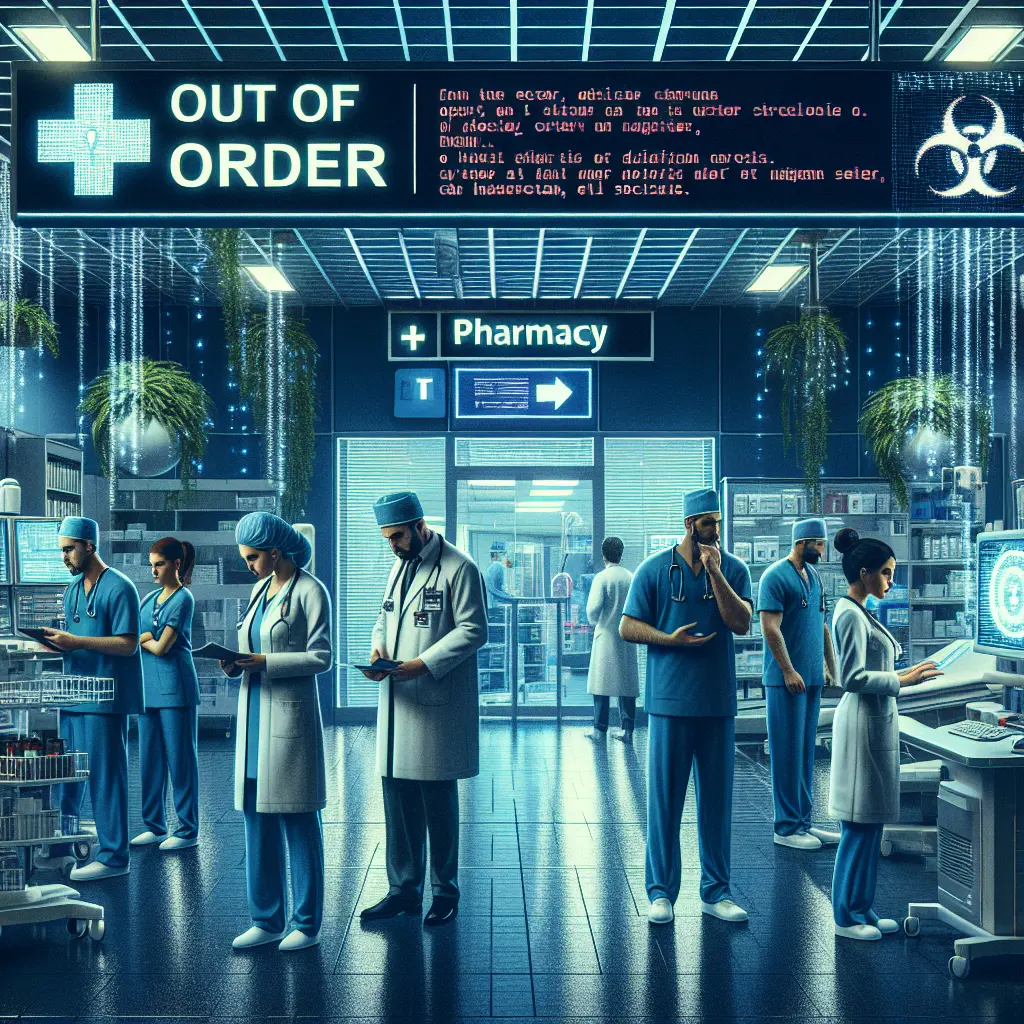A recent ransomware attack has once again spotlighted the urgent need for robust cybersecurity measures in the healthcare sector.
In May 2025, Kettering Health, a major healthcare network operating 14 medical centers in Ohio, faced a severe system-wide outage after falling victim to a ransomware attack. This incident led to the cancellation of both inpatient and outpatient procedures, leaving patients and staff in a state of uncertainty and highlighting just how disruptive cyber threats can be to critical infrastructure.
The Impact of Ransomware on Healthcare
Ransomware attacks have become alarmingly frequent across various industries, but their consequences are especially dire in healthcare. Here’s how such breaches can affect hospitals and patients:
Patient Care Disruption: Scheduled procedures, surgeries, and treatments may be delayed or canceled, putting patient health at risk.
Data Compromise: Sensitive patient information can be exposed or lost, leading to privacy violations and potential identity theft.
Operational Downtime: Medical staff may lose access to electronic health records (EHR), lab results, and communication tools, severely hampering daily operations.
Financial Losses: Hospitals not only face ransom demands but also incur costs for system restoration, investigation, and possible legal actions.
Why Healthcare Is a Prime Target
Several factors make healthcare organizations especially vulnerable to cyberattacks:
1. High Value of Data: Medical records contain comprehensive personal information that fetches a high price on black markets.
2. Legacy Systems: Many hospitals rely on outdated software and hardware that lack modern security features.
3. Immediate Impact: Attackers know that hospitals may be more likely to pay ransoms quickly to resume critical services.
4. Resource Constraints: IT budgets in healthcare are often limited, making it harder to implement advanced security protocols.
Strengthening Cybersecurity in Healthcare
The Kettering Health incident is a stark reminder for healthcare providers to strengthen their cybersecurity posture. Key strategies include:
Regular Security Training: Ensuring all staff can recognize phishing attempts and follow best practices.
Network Segmentation: Limiting access so that a breach in one area doesn’t compromise the entire system.
Routine Backups: Keeping secure and up-to-date backups of essential data to allow for quick restoration after an attack.
Incident Response Plans: Developing clear protocols for responding to breaches to minimize downtime and data loss.
Updating Systems: Replacing or updating legacy systems that can’t support modern security measures.
As digital technology becomes further integrated into healthcare delivery, cyber threats pose real risks not just to data, but to patient lives and well-being. The recent events at Kettering Health underscore the necessity for continuous vigilance, investment in security infrastructure, and preparedness across the industry.
Staying proactive is not just an IT responsibility—it’s a patient safety imperative.
Further Reading and Ongoing Vigilance
For further details on this incident, you can read more here.
Stay secure, stay aware—because in cybersecurity, prevention is always better than cure.










Leave a Comment